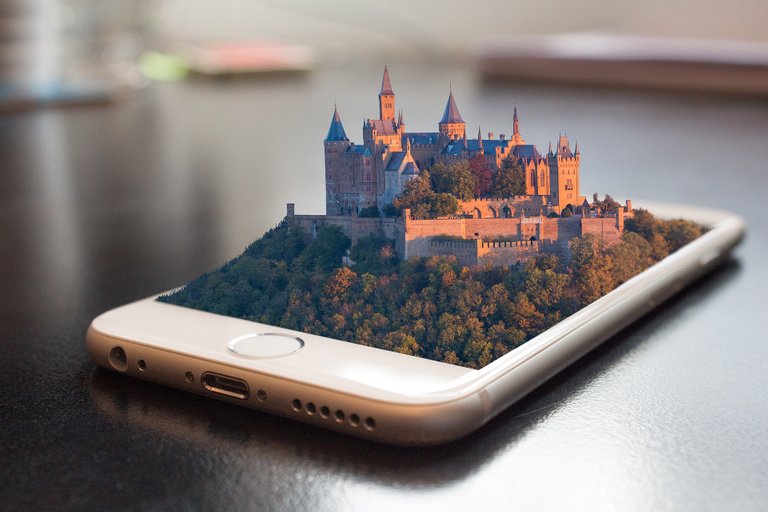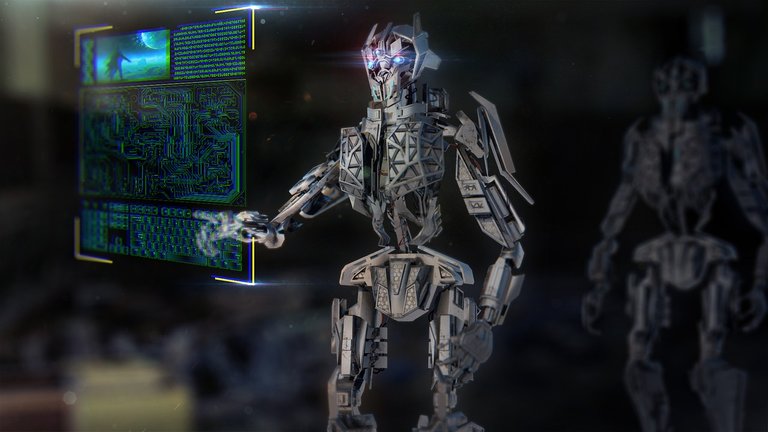User experience (UX) design, user interface (UI) design, interaction design (IxD) and information architecture (IA) are all terms that those who are new to or outside of the design industry might find confusing. Here is an abridged overview of what they mean.
User Experience (UX) Design

User experience refers to the level of satisfaction that a user gets from their interaction with a product.
In the event that a software application or website is not user friendly, the users easily get frustrated and end up moving onto other programs or sites that are easier to use. This is one reason why good UX design is essential.
UX design takes into consideration the aspect of human-computer interaction and the various ways in which users consume products, in an attempt to maximize accessibility and usability.
A satisfied user is much more likely to help drive traffic to a program or website than an unsatisfied one. A user-friendly website can convert visitors into leads and, ultimately, convert these leads into customers.
What is a UX Designer’s Job?
- User experience (UX) designers conduct research using competitive analytic tools throughout each project.
- They build product prototypes with the aid of software. These programs generate wireframes upon which developers can build.
- They enable clear communication with developers and best design practices.
- They conduct usability research and testing on products, as well as in-depth split tests.
User Interface (UI) Design

The user interface provides meaning to the communication, both physical and emotional, by which users engage with devices.
User interface design focuses on the way in which machines and software applications are laid out, so that they enhance user experience and optimize usability.
The user interface, being the contact point between a machine and the user, should be user friendly in order to enhance the ease of interaction in helping the user achieve their goals.
User interface design ought to be user centered for maximum efficiency, while also allowing users to enjoy using their devices.
Thus, effective user interface design requires a focus on rendering simple and enjoyable interfaces. This is the reason why user interface designers are so careful about the interface elements that they implement in their products.
Examples of these components include text fields, fonts, colors and buttons.
These elements’ arrangement on the screen determines the ease with which they are accessed and utilized for different tasks.
The easier it is for users to understand and interact with the interface, the more quickly they will accomplish their objectives.
Here are some of the user interface components that simplify user interaction:
Input Controls: These can include text fields, check boxes, buttons, and toggles that allow users to input data or information into their devices.
Informational Components: These elements are incorporated into the user interface to provide users with the information that they need to interact with a device. They can include progress bars, notifications, message boxes, tooltips and modal windows.
Navigational Components: As implied by the name, these components allow users to navigate the interface. They can include icons, sliders, search fields, tags and pagination.
What is a UI Designer’s Job?
- The UI designer is supposed to develop an interactive design and unified style for products that simplify the operation process and fulfill user demands.
- To make sure that the elements on the interface optimize user interaction, the UI designer seeks the best design for usability.
- They facilitate smooth communication with developers in the process of building clear and effective information systems.
- They creatively design the electronic interface and make it so that it works for users.
Interaction Design (IxD)

Interaction design (IxD) fosters beneficial relationships between end users and the products with which they interact, such as mobile phones, computers and other gadgets.
What is an Interaction Designer's Job?
- Interaction designers are responsible for motion design, such as animation on apps and websites.
- They cooperate with other designers, software engineers and researchers throughout the design process in the development of interactive and efficient products.
- They anticipate the users’ needs, and campaign for them to make sure that the final product meets their goals and expectations.
Information Architecture (IA)

Information architecture (IA) is the planning and organization of content in a web or software interface intended to empower end users to simply complete tasks.
When designed well, it maps out websites or software applications for users to conveniently discover and obtain information.
For example, IA can involve the layout of top-level menus and the separation of content into different sections by a content strategist.
What are an IA Designer’s Qualifications?
- Experience in the documentation of mobile applications, websites and other complex digital assets.
- Attention to detail, as well as an ability to find discrepancies and shortcomings in the documentation of digital assets.
- Aptitude in IA-related programs such as Axure, Keynote, Lucidchart and Omnigraffle.
- Ability to optimize information architecture structures by analyzing system information.